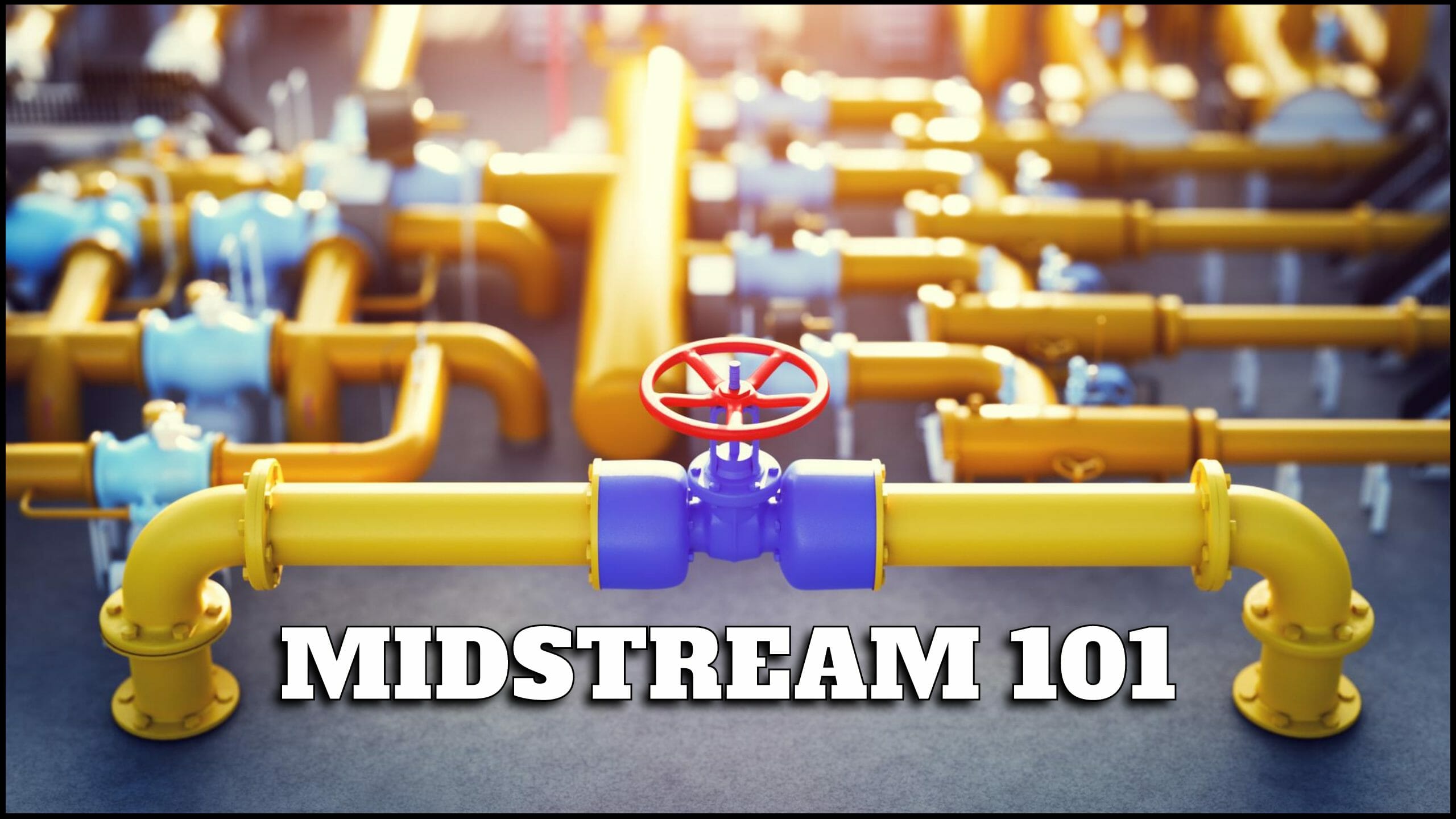The midstream industry is an essential part of the oil and gas value chain, responsible for transporting, storing, and processing fossil fuels between the upstream (production) and downstream (refining and distribution) sectors.
There are three main segments of the midstream industry:
- Transportation: This includes pipelines, rail, and tanker ships that transport oil and gas from the production sites to refineries and storage facilities.
- Storage: This includes tank farms, storage terminals, and underground caverns that hold oil and gas until it is ready to be transported or processed.
- Processing: This includes natural gas processing plants, fractionation facilities, and NGL (natural gas liquids) processing plants that separate and purify the various components of oil and gas.
The midstream industry plays a critical role in ensuring that oil and gas are delivered to consumers in a safe, reliable, and cost-effective manner. It is also facing a number of challenges, such as rising infrastructure costs, increasing regulatory scrutiny, and public opposition to new pipeline projects.
Despite these challenges, the midstream industry is expected to continue playing a vital role in the global energy system for the foreseeable future. As the world transitions to a more sustainable energy mix, the midstream industry will also play a key role in the development and expansion of renewable energy sources, such as wind and solar.




